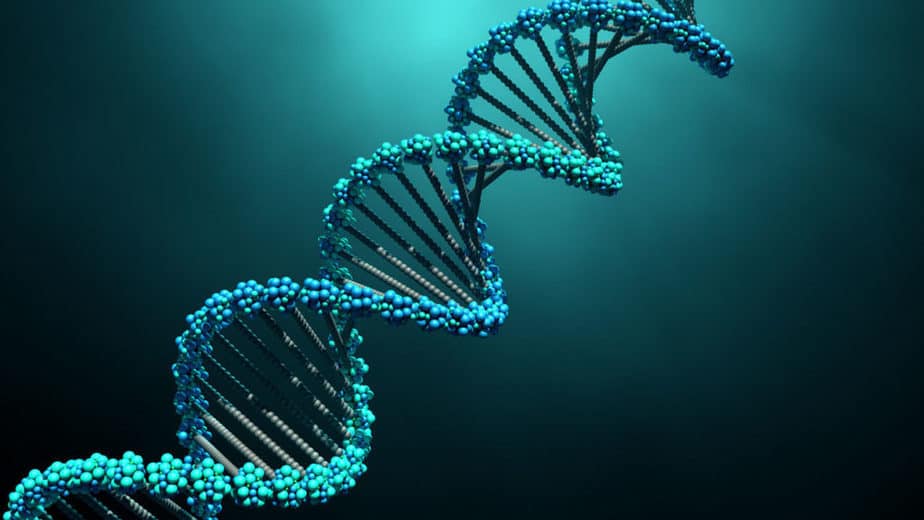DNA or deoxyribonucleic acid is a nucleic acid found in all living things.
Nucleic acids are made of two strands that form a helix, held together by hydrogen bonds between base pairs. The four types in order from least to most important are: cytosine, guanine, adenine, thymine. These nucleobases are arranged into pairs with deoxyribose sugar backbones.
The bases hold the dna strand together through hydrogen bonding between the nitrogenous groups on each base-guanine binds only with cytosine and adenine binds only to thymine by changing shape so that one strand can attach to another dna strand.
DNA is found in the nucleus of a cell with 46 of these chromosomes in humans. Each chromosome has dna that codes for protein synthesis.
These dna strands inside the cell nucleus control all activities of a cell by creating what are called proteins. More specifically DNA creates RNA through transcription and translation, which then creates proteins.
Proteins are tiny machines that then do all the work of the cell. This machines follow the instructions given to them by the DNA. DNA has an instruction, then RNA creates that for the protein, then the protein does whatever it is programmed to do.
There are about 3 billion base pairs in dna strands of humans which code for 20 000 – 25 000 genes! These genes control all aspects of how you live, grow, and function.






